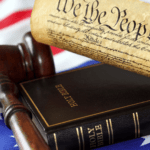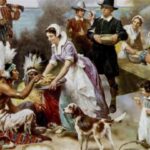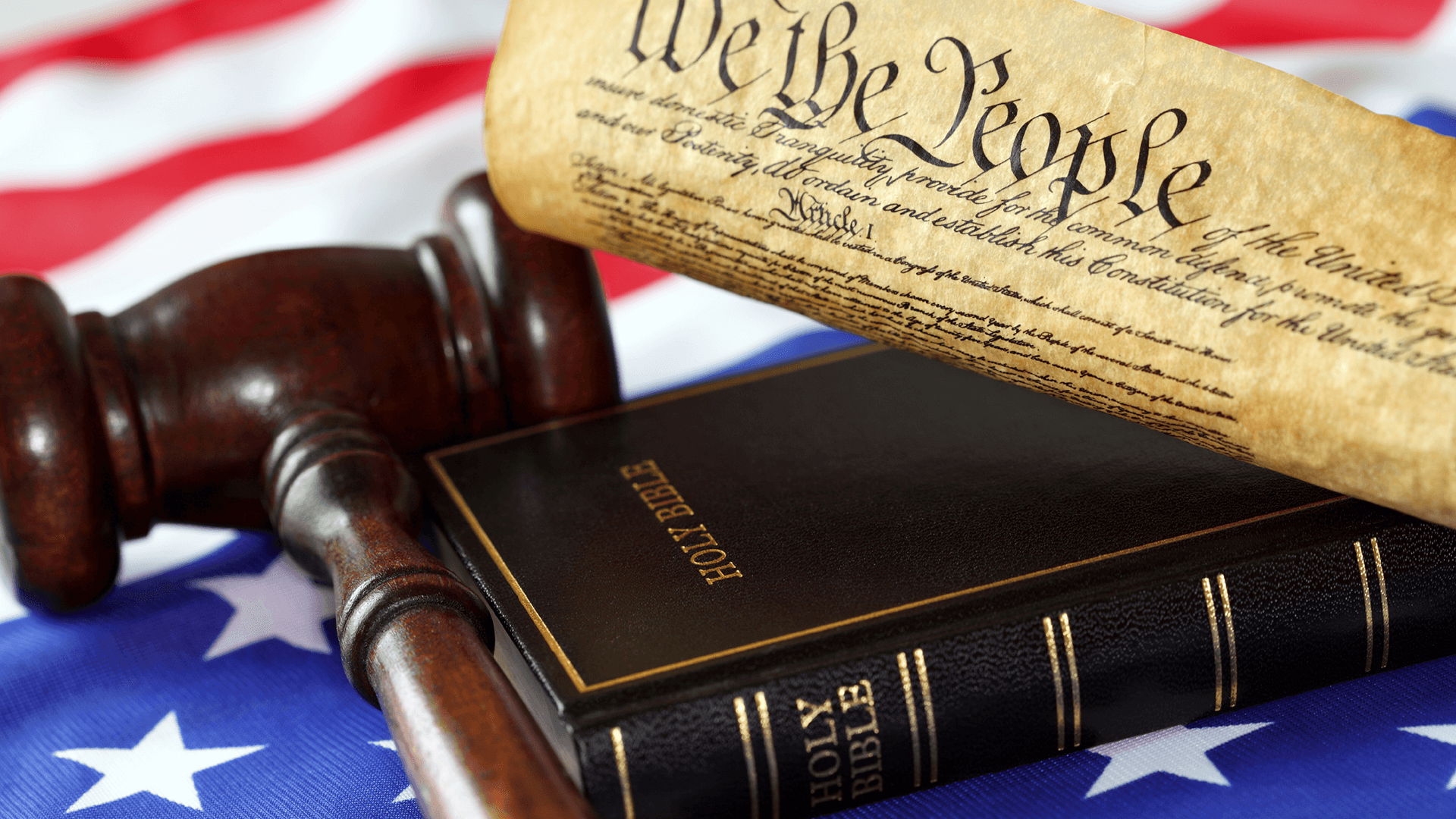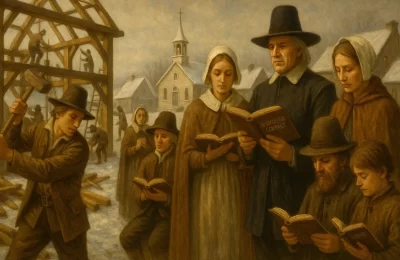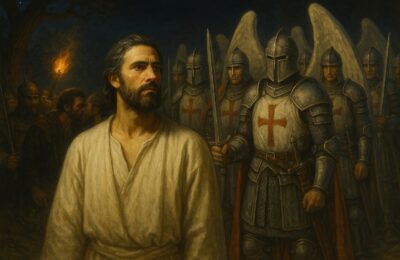This is Part 4 of the series Why Religious Liberty Matters
Faith Under the Law:
The Evolution of Religious Liberty in Modern America
Religious liberty is a gift rooted in God’s design for humanity, acknowledging our need for freedom to worship and serve Him wholeheartedly. In the 20th century, this principle gained new significance in American law as courts began extending the First Amendment’s protections to every corner of the country. Originally, these freedoms applied only to the federal government, allowing states considerable leeway. However, with the ratification of the Fourteenth Amendment, which enshrined equal protection and due process, the Supreme Court began interpreting these freedoms as rights held by every citizen, not just protections against federal interference.
This expansion marked a profound moment in American history, as religious liberty took on a wider, deeper meaning, akin to the biblical command in James 1:25 to live out “the perfect law of liberty” (Legacy Standard Bible, 2021). Each case, from Cantwell v. Connecticut to Everson v. Board of Education, emphasized that government should respect individual conscience while upholding public morality. As we look back at these legal milestones, we see not only a reflection of American ideals but also echoes of God’s design for freedom, where we worship “not by compulsion, but willingly” (1 Peter 5:2).
Incorporation Doctrine and the Fourteenth Amendment
The Fourteenth Amendment, ratified in 1868, represented a shift in American governance, asserting that all citizens are entitled to equal protection under the law. With the incorporation doctrine, the Bill of Rights, which originally restrained only the federal government, began to be applied to the states as well. For religious freedom, this meant that individuals were now equally protected from state interference in their worship and beliefs.
In Gitlow v. New York (1925), the Supreme Court first employed the Fourteenth Amendment to apply First Amendment protections to the states, creating a legal precedent for cases involving religious liberty (U.S. Supreme Court, 1925). This expansion was revolutionary because it affirmed that religious freedom is a “natural right,” one that exists apart from government but must be protected by it. Biblically, this idea aligns with the concept of “liberty of conscience” found in Romans 14:5-6, where Paul encourages believers to be “fully convinced in [their] own mind” as they seek to honor God in all things (Legacy Standard Bible, 2021). This balance—of allowing individuals to worship according to their convictions while ensuring no state interference—speaks to the dignity and respect God grants us as His image-bearers.
Landmark Cases of the Early 20th Century
The Supreme Court further solidified religious liberty protections in landmark cases like Cantwell v. Connecticut (1940) and Everson v. Board of Education (1947), which explored the boundaries of the Free Exercise and Establishment Clauses.
In Cantwell v. Connecticut, the Court addressed the case of Newton Cantwell, a Jehovah’s Witness whose religious solicitation led to his arrest. At the heart of the case was whether states could regulate religious activities. The Court ruled in favor of Cantwell, stating that religious expression could not be restricted without compelling justification, applying the Free Exercise Clause to the states for the first time (U.S. Supreme Court, 1940). This decision reflected the biblical principle that faith cannot be coerced; true belief is a matter of the heart. As Jesus said, “God is spirit, and those who worship him must worship in spirit and truth” (John 4:24, Legacy Standard Bible, 2021). The Cantwell decision enshrined this truth in American law, emphasizing that religious expression should remain free from government interference.
Everson v. Board of Education dealt with the Establishment Clause, considering whether public funds could be used to transport students to religious schools. The Court ruled in favor of the funding, stating that it benefited students equally regardless of religious affiliation and did not establish religion. However, Justice Hugo Black’s opinion famously described a “wall of separation between church and state,” an idea that continues to influence religious liberty discussions (U.S. Supreme Court, 1947). This phrase has biblical resonance in Matthew 22:21, where Jesus instructs to “render to Caesar the things that are Caesar’s, and to God the things that are God’s” (Legacy Standard Bible, 2021). The Everson case set a standard that has since guided America’s effort to respect both faith and governance without entangling the two.
Together, Cantwell and Everson reinforced that religious liberty requires both freedom from government coercion and freedom to practice faith openly. Each decision affirms that faith and conscience are sacred rights, not granted by the government but recognized as intrinsic to our humanity—a concept that aligns with the biblical principle of Imago Dei, the belief that each person is made in the image of God (Genesis 1:27).
Religious Liberty and Education
Public education, as a government institution, became the focal point for some of the most profound debates on religious liberty in the 20th century. As more diverse faith traditions entered the public sphere, the courts faced challenging questions about the role of religion in schools. Cases like Engel v. Vitale (1962) and Abington School District v. Schempp (1963) became defining moments in the interpretation of religious freedom within public education.
In Engel v. Vitale, the Supreme Court ruled on whether a state-sponsored, non-denominational prayer in public schools violated the Establishment Clause. The Court held that it did, stating that government-endorsed prayer, even if voluntary, could not be part of a public school program. Justice Hugo Black asserted that “the Establishment Clause… was intended to prevent government from endorsing any religion” (U.S. Supreme Court, 1962). This ruling underscored that, while faith is vital, it must remain free from state control, allowing individuals to worship authentically. The biblical principle of free worship resonates here, reminding us that true prayer and worship are expressions of a willing heart, not imposed rituals (Matthew 6:5-6, Legacy Standard Bible, 2021).
Following this, Abington School District v. Schempp addressed mandatory Bible readings in public schools. The Court ruled that requiring students to read the Bible and recite prayers violated the Establishment Clause, as public institutions should remain neutral toward religious expression (U.S. Supreme Court, 1963). This case was significant in affirming that faith must come from genuine conviction rather than coercion, aligning with Romans 14:23, which warns that “whatever is not from faith is sin” (Legacy Standard Bible, 2021). These rulings didn’t diminish faith’s value but rather protected its integrity, ensuring that religious practices in public schools would reflect personal conviction rather than state mandate.
The decisions in Engel and Schempp emphasized that religious liberty includes both the right to believe freely and the responsibility to protect faith from becoming a government-imposed ritual. In a diverse society, these cases demonstrated a commitment to honoring the individual’s right to worship without infringing upon others’ freedom of belief, a principle grounded in the Bible’s call to respect one another’s conscience (1 Corinthians 8:9).
Reflective Questions
As we reflect on the expansion of religious liberty in the 20th century, consider these questions:
- How does the Fourteenth Amendment’s application of the First Amendment to the states impact your view of religious liberty today?
- What significance do you see in landmark cases like Cantwell and Everson for balancing individual liberty with government neutrality?
- How do the rulings on school prayer and Bible reading challenge or affirm your views on religious expression in public spaces?
These questions remind us that true liberty must be protected and practiced in a way that respects others’ consciences while honoring God.
Conclusion
The expansion of religious liberty in the 20th century brought profound clarity to what it means to live out faith in a pluralistic society. With the Fourteenth Amendment’s incorporation doctrine, religious liberty protections in the Bill of Rights extended to every citizen, reinforcing that religious expression is a sacred right, not merely a government-granted privilege. Landmark cases like Cantwell, Everson, Engel, and Schempp deepened America’s commitment to a nation where faith is freely chosen, undisturbed by state control.
In our next post, we’ll examine how the Civil Rights Era and the push for equality continued to expand protections for minority faiths and conscientious objectors, demonstrating the ongoing evolution of religious liberty. Each case and amendment reflects a broader biblical truth: that faith is deeply personal, freely given, and requires both respect and protection in a world that often resists it.
Chris Reighley is a Colson Fellow and a leader grounded in faith, family, and mission. With a career spanning servant leadership, digital marketing, and servant leadership, he is driven by a passion for empowering others. He is pursuing an Executive Master’s at The Bush School of Government and Public Service at Texas A&M and a Master of Arts in Biblical Studies from Redemption Seminary. Through Shoe Leather Gospel, Chris is dedicated to combating biblical illiteracy and mentoring future leaders.

References
- Legacy Standard Bible. (2021). 2nd ed.
- U.S. Supreme Court. (1925). Gitlow v. New York, 268 U.S. 652.
- U.S. Supreme Court. (1940). Cantwell v. Connecticut, 310 U.S. 296.
- U.S. Supreme Court. (1947). Everson v. Board of Education, 330 U.S. 1.
- U.S. Supreme Court. (1962). Engel v. Vitale, 370 U.S. 421.
- U.S. Supreme Court. (1963). Abington School District v. Schempp, 374 U.S. 203.

